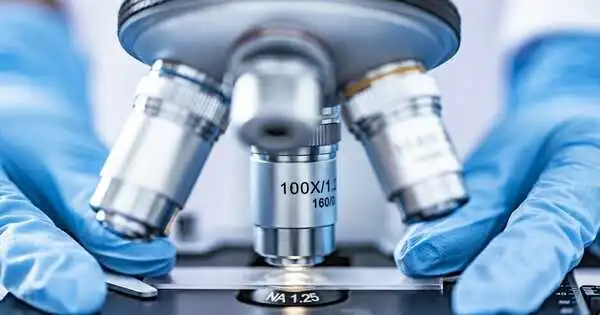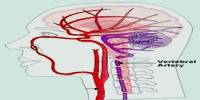Anatomical pathology is a medical specialty concerned with disease diagnosis based on the examination of organs and tissues under macroscopic, microscopic, biochemical, immunologic, and molecular conditions. It is a medical specialty that involves the examination of tissues and organs to diagnose diseases. It is also known as surgical pathology. Pathologists, who are medical doctors who have received specialized pathology training, are in charge of studying structural and functional changes in tissues and organs at the microscopic and molecular levels.
Surgical pathology has evolved tremendously over the twentieth century, from a historical examination of whole bodies to a more modernized practice centered on cancer diagnosis and prognosis to guide treatment decision-making in oncology. Giovan Battista Morgagni, an Italian scientist from Forl, was its modern founder.
Here are some key aspects of anatomical pathology:
- Biopsy Examination: Pathologists frequently examine tissue samples obtained from procedures such as biopsies. To determine the presence of diseases or abnormalities, these samples can be obtained from various parts of the body, such as the skin, organs, or other tissues.
- Autopsies: Anatomical pathologists may perform autopsies, which are postmortem examinations of bodies to determine the cause of death and gather information about diseases or conditions that may have affected the individual during their life.
- Microscopic Analysis: Microscopes are used by pathologists to examine tissues at the cellular and subcellular levels. This entails identifying abnormal cellular structures, patterns, and other characteristics that may indicate disease.
- Immunohistochemistry: This technique involves using antibodies to detect specific proteins in tissue samples. It is commonly used to identify the presence or absence of specific antigens, helping to classify tumors and understand their characteristics.
- Molecular Pathology: This involves the study of diseases at the molecular level. Molecular techniques, such as polymerase chain reaction (PCR) and DNA sequencing, are used to analyze genetic and molecular changes associated with diseases.
Anatomical pathology is one of two branches of pathology, the other being clinical pathology, which is concerned with disease diagnosis through laboratory analysis of bodily fluids or tissues. Pathologists frequently practice both anatomical and clinical pathology, which is known as general pathology. In veterinary pathology, similar subspecialties exist.
Anatomical pathology is critical for accurate disease diagnosis, prognosis, and treatment planning in a variety of medical specialties, including oncology, infectious diseases, and autoimmune disorders.
















